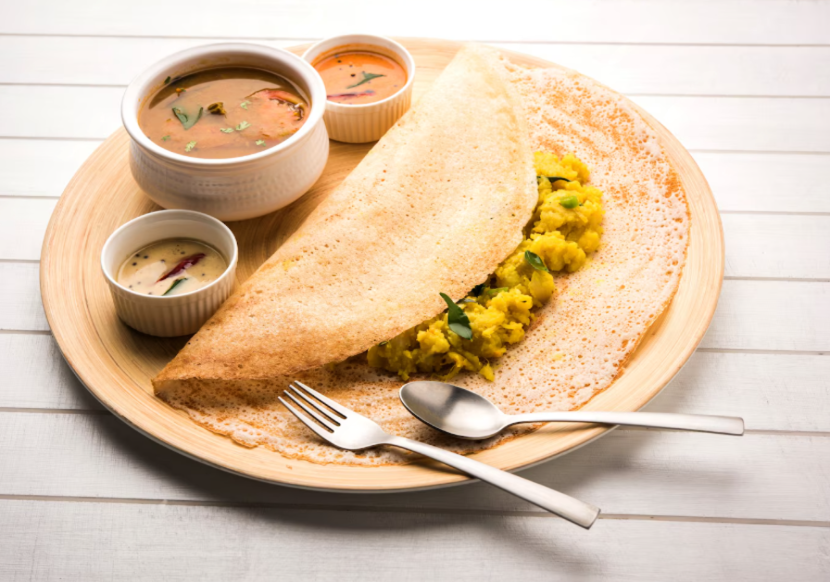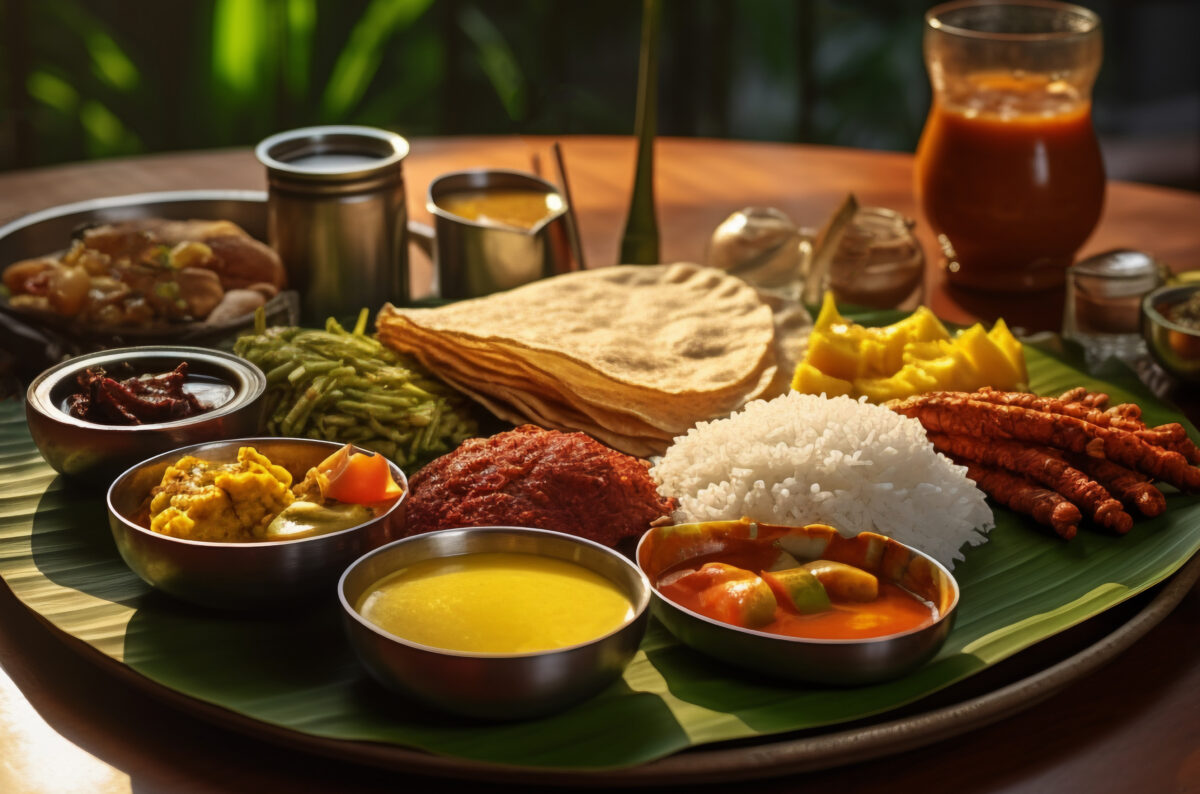
- June 26, 2025
How to Open a Small Food Business in India: A Complete Step-by-Step Guide for Beginners
If you’re wondering how to open a small food business in India, you’re not alone. Thousands of aspiring entrepreneurs across the country are turning their love for cooking into a profitable career. Whether it’s a home-based food business, food stall, or cloud kitchen, this guide will walk you through the step-by-step process of launching your own venture successfully—even on a tight budget.
This article covers everything you need to know: business models, market validation, legal licenses including FSSAI registration for small businesses, setting up your space, budgeting tips for a low budget food startup, and practical ways to market your brand. If you’re serious about learning how to open a small food business and make it profitable, read on.
Step 1: Choose the Right Business Model for Your Food Business
Choosing the right model is the foundation of understanding how to open a small food business. Your model determines your costs, target customers, required licenses, and scalability. India offers great flexibility for small food entrepreneurs—especially if you’re creative and resourceful.
Here are the most popular food business models for beginners:
- Home-based food business: Ideal for home chefs, especially women and family-run ventures. Requires minimal investment and can operate with basic kitchen appliances.
- Cloud kitchen: A delivery-only model that works well in urban areas. You don’t need dine-in space but do need a commercial kitchen. It’s growing fast across Indian cities and is often a common starting point for low-cost food franchise models.
- Food truck: A mobile kitchen that allows you to serve food in high-traffic locations. It’s trendy, eye-catching, and a relatively low-investment outdoor model.
- Small food outlet setup: A compact dine-in or takeaway outlet works well in semi-urban and urban neighborhoods. Requires some staff, furniture, branding, and local permits. If you’re interested in going further, explore opportunities like a veg restaurant franchise in India.
When deciding how to open a small food business, choose the model that fits your budget, lifestyle, and target audience.
Step 2: Validate Your Food Business Idea Before You Invest
Before diving into expenses, it’s important to validate your idea. Many people ask how to open a small food business and invest blindly without understanding the market demand—and that’s a mistake.
Here’s how to validate your idea effectively:
- Offer free samples to your community, housing society, or office group.
- Post polls and story questions on WhatsApp and Instagram to get direct feedback.
- Visit local competitors and check their menu pricing, packaging, and customer flow.
- Run a one-day trial sale at a local flea market or event.
- Focus on one popular cuisine (like South Indian breakfast, traditional South Indian food, or Indo-Chinese snacks) and test demand.
A validated concept improves your chances of success—especially for a low budget food startup that needs to recover its investment quickly.
Step 3: Understand the Legal Requirements and Food Licenses in India
Legal registration is a non-negotiable step in learning how to open a small food business. Skipping licenses may lead to fines, business shutdown, or customer trust issues. Let’s look at the essential legal requirements for a small food business in India.
- FSSAI registration for small business: Every food business must register with the Food Safety and Standards Authority of India (FSSAI). If your turnover is below ₹12 lakh per year, a basic registration is enough.
- GST registration: If your turnover exceeds ₹20 lakh, you must register for GST.
- Municipal trade license: Issued by your local body (municipality or panchayat), this license certifies your kitchen or outlet for business use.
- Fire and safety certificate: Required if you’re running a dine-in restaurant or using gas cylinders.
- Shop and Establishment Act registration: Mandatory for small outlets with signage and staff.
Even a home-based food business needs a basic FSSAI registration. Applying online is quick and affordable, and it enhances your credibility—especially when expanding into a South Indian food franchise in Bangalore or Mumbai.
Step 4: Set Up Your Food Outlet or Kitchen Space on a Budget
Now that you’ve got the idea and licenses, it’s time to plan your actual small food outlet setup. Whether you’re starting from home, a rented kitchen, or a roadside stall, your workspace must be clean, organized, and efficient.
Here’s what you’ll need for a simple food setup:
- Gas stove or induction setup
- Mixer, grinder, and basic prep tools
- Food-grade utensils and cookware
- Storage containers for dry and perishable goods
- Food packaging materials (containers, paper boxes, etc.)
- Aprons, gloves, and hairnets for hygiene
- Branded signage, menu cards, and contact info printed visibly
If you’re wondering how to open a small food business in a compact space like 100 sq. ft., focus on vertical storage, pre-prepped ingredients, and bulk raw material buying to maximize space and cost-efficiency.
Step 5: Budgeting for a Low Budget Food Startup
Many people hesitate to start because they assume it requires lakhs of rupees. In reality, you can launch a low budget food startup in India with just ₹50,000 to ₹2 lakh. The key is to spend smartly and avoid unnecessary expenses.
Here’s a basic budget guide for starting out:
- Kitchen equipment: ₹25,000 to ₹50,000
- Licensing and registration: ₹5,000 to ₹10,000
- Packaging and branding: ₹10,000 to ₹15,000
- Raw material (first batch): ₹10,000
- Local marketing and signage: ₹5,000 to ₹10,000
- Contingency buffer: ₹10,000
If you’re exploring how to open a small food business on a strict budget, start from home, use second-hand equipment, and promote your venture on free digital channels.
Step 6: Marketing and Promoting Your Small Food Business
Knowing how to open a small food business is only part of the journey. You also need to bring in customers—and that means marketing.
Effective strategies for small-scale food businesses include:
- Creating a free Google Business profile and collecting reviews from initial customers.
- Posting high-quality photos and videos of your dishes on Instagram and Facebook.
- Sharing daily menus, offers, and location on WhatsApp status.
- Partnering with delivery platforms like Swiggy and Zomato to expand your reach.
- Offering discounts to first-time customers and loyalty benefits to repeat buyers.
Don’t underestimate word-of-mouth and local marketing. Many home-based food businesses grow into full-time outlets through neighborhood recommendations.
Step 7: How to Scale Up Once You’re Profitable
Once your food business is earning consistently, it’s time to think about growth. Understanding how to open a small food business also includes knowing when and how to expand.
Growth options include:
- Starting a second outlet in a new location
- Renting a commercial kitchen for higher volume
- Launching a franchise model
- Adding new menu categories (desserts, combos, etc.)
- Partnering with local event planners for catering gigs
Small food brands that begin as low budget food startups often become regional chains within 2–3 years, especially if they focus on hygiene, taste, and branding.
Step 8: Common Mistakes to Avoid When Starting a Small Food Business
Even with the best intentions, many beginners make avoidable mistakes. Learning how to open a small food business includes learning what not to do.
Avoid these pitfalls:
- Skipping FSSAI registration or running the business informally
- Poor food packaging that affects taste and presentation
- Overpricing or underpricing without competitor analysis
- Ignoring local taste preferences and dietary trends
- Launching with too many menu items, leading to waste
Stay focused, start small, and scale only when you’re ready.
Frequently Asked Questions
To open a small food business in India, first choose your model (home-based, outlet, food truck), validate your food idea, register for licenses (especially FSSAI), plan your kitchen setup, and start promoting through local and digital channels.
You’ll need FSSAI registration for small business, GST registration (if applicable), a municipal trade license, and possibly a fire safety certificate depending on your setup.
Yes, ₹2–5 lakh is sufficient for a small food outlet setup or cloud kitchen. The key is to prioritize essentials, avoid overspending, and gradually upgrade.
Use Google Business, WhatsApp, and Instagram to reach local customers. Collaborate with Swiggy or Zomato. Distribute flyers and offer discounts to early customers.
Yes. You can run a home-based food business with FSSAI registration, basic packaging, and a digital menu. Many home chefs grow into full-scale outlets this way.
Profits can range from ₹20,000 to ₹1 lakh per month depending on pricing, volume, and delivery. Margins improve with scale and repeat customers.
Yes. Even small or home-based food businesses must have FSSAI registration. It builds trust and ensures legal protection.
Absolutely. Many small outlets and home kitchens are run by solo entrepreneurs or family members. Staff can be hired later as you grow.







